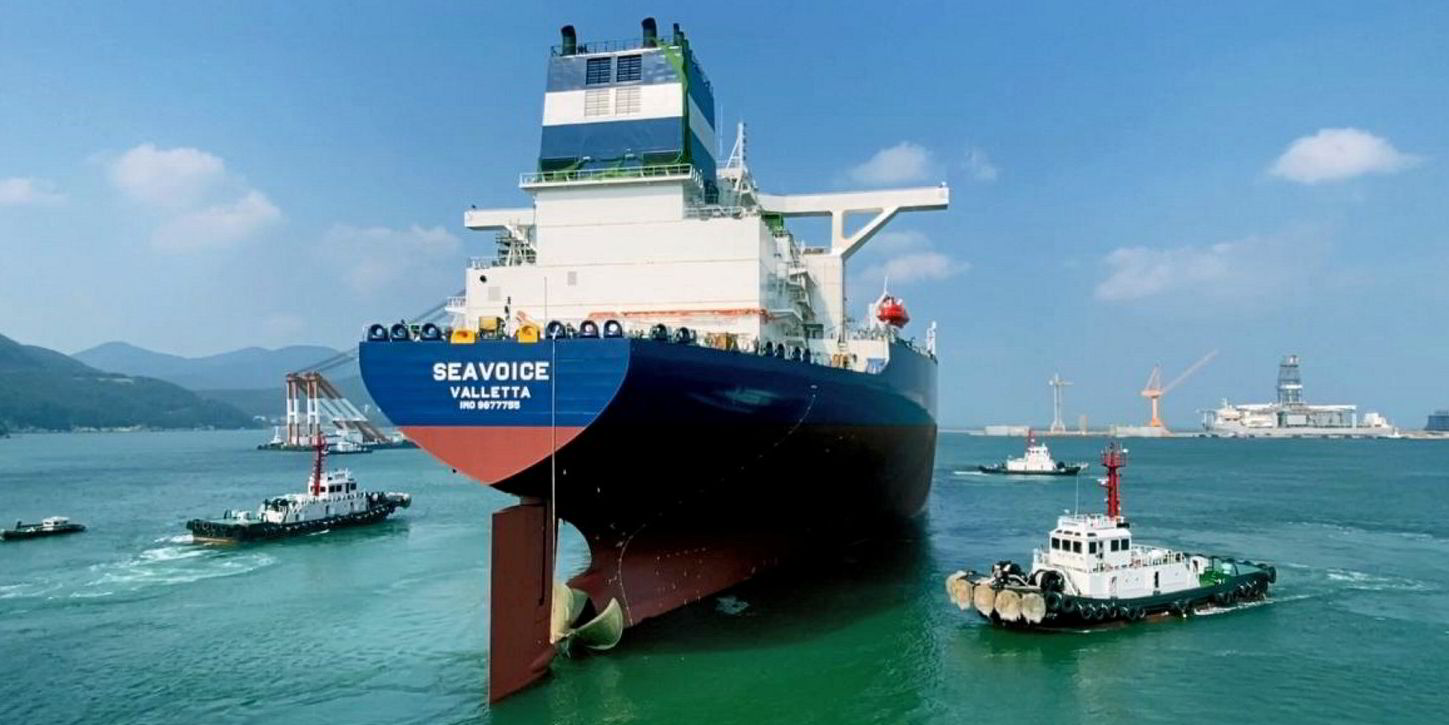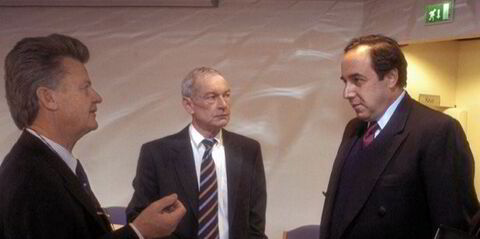Tight suezmax markets in the Atlantic basin are a major contributing factor to the current strength in the VLCC market, says Braemar.
The shipbroker said weighted average earnings for a non-eco VLCC are above $12,000 per day — the best reading since the start of 2021. The upswing underway since early June has also lasted the longest since 2021.
Higher VLCC fixing activity in the Middle East is helping, according to Anoop Singh, Braemar’s head of tanker research.
“Crude exports from the MEG are up nearly 1m barrels per day in July versus May 2022,” he said.
“And that has added almost 20 vessels to the fleet of VLCCs on the water with crude loaded from the Middle East.”
Better Saudi-US relations are said to have contributed to higher MEG exports in part, with Saudi Arabia alone exporting nearly 600,000 bpd more in July versus May 2022.
Saudi Arabia typically reduces exports by about 500,00 bpd during this time of the year to feed the power sector as electricity demand for air conditions peaks.
An increase in the number of days VLCCs spend in the Middle East to load has also helped rates.
Days to load were up from an average of 2.5 days in June to just over three days in July, while time spent waiting to load has added significantly to port time.
“And that has meant that the additional 20 VLCCs liftings this month to carry the increase in exports from the Middle East has added demand for about 10 VLCCs thanks to extended port stays,” said Singh.

Braemar said VLCCs are spending more time loading cargoes in the Middle East as charterers are trying to co-load suezmax stems onto VLCCs.
“Strong European refinery margins have kept suezmaxes busy…limiting their availability elsewhere and spiking suezmax rates,” said Singh.
But combining suezmaxes-sized stems onto a VLCC is not a seamless operation. For one, it produces more loading operations per voyage.
And because 1m barrel parcels are not usually available as one immediately after another, co-loading also creates longer waiting times.
Because of these frictions, co-loading on VLCCs to get around firm suezmax markets has also increased broken stowage on VLCCs since the war broke out.
“Loading data suggest that 10% to 15% of all VLCC loads are 80% or less full since March, compared to the standard stem of 280,000 tonnes,” said Singh.
“Before the war broke, the number of part-loads on VLCC was 5% to 6% of the total number of VLCCs loaded in a month.
“That means that, on average, the VLCC fleet loading from the Middle East has carried about 3% to 5% less cargo since March,” he added.
For now, therefore, the improvement in VLCC markets has more to do with traders arbitraging the cheaper freight rates of this vessel size relative to suezmaxes.
“While higher exports have contributed to the VLCC upswing, the uptick in rates is not materially built on an increase in native demand from base-load countries like China,” said Singh.
“This use-case for VLCCs will likely go if suezmax rates soften. Sustaining this rally requires a significant return of Chinese crude buying.
“Or it needs an even larger call on Mid-Eastern crudes by European buyers once they back out of Russian oil. Neither is likely before the fourth quarter of this year, however,” added Singh.





